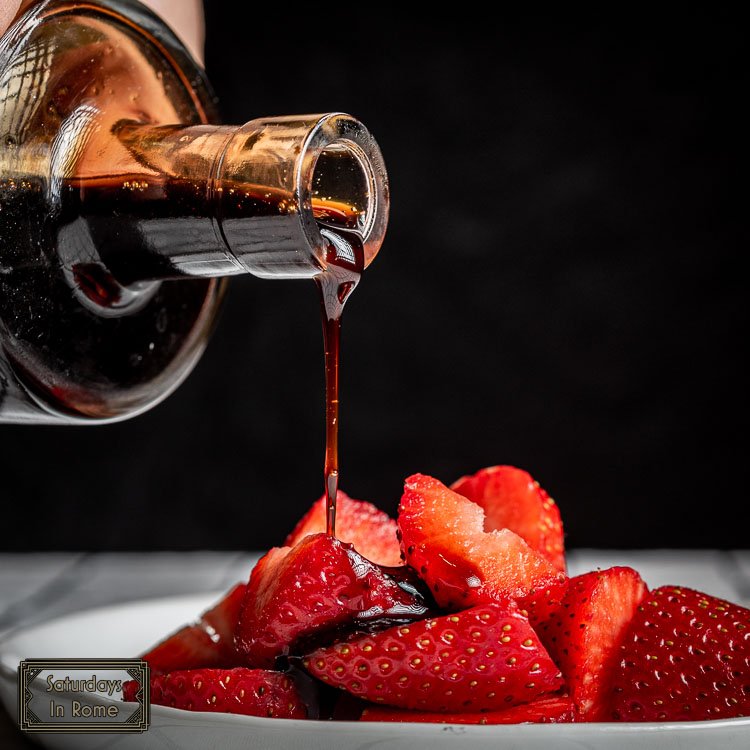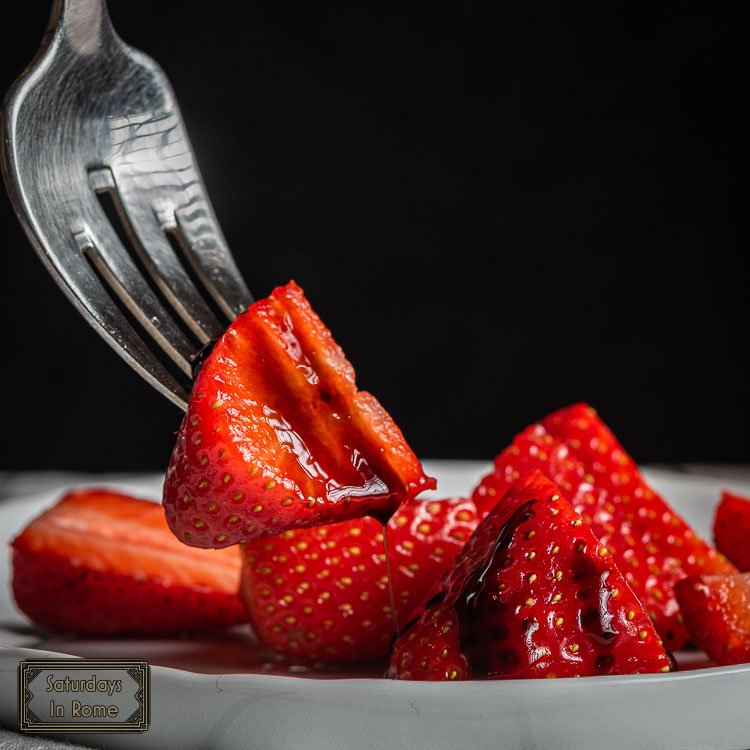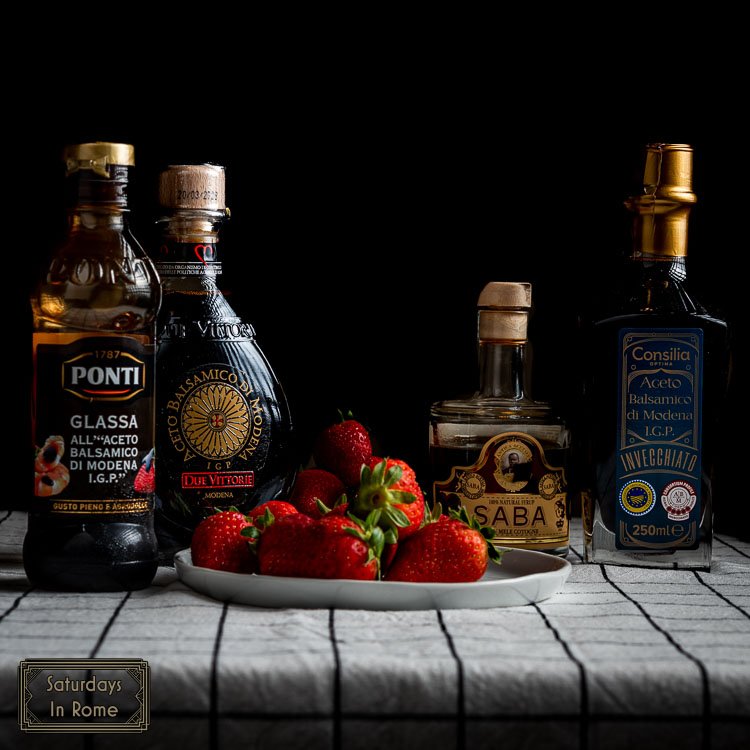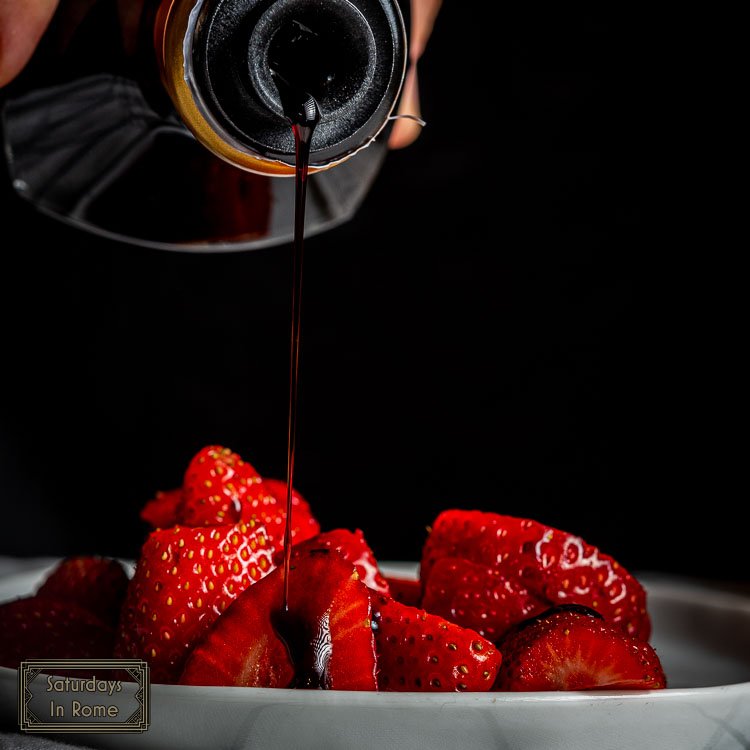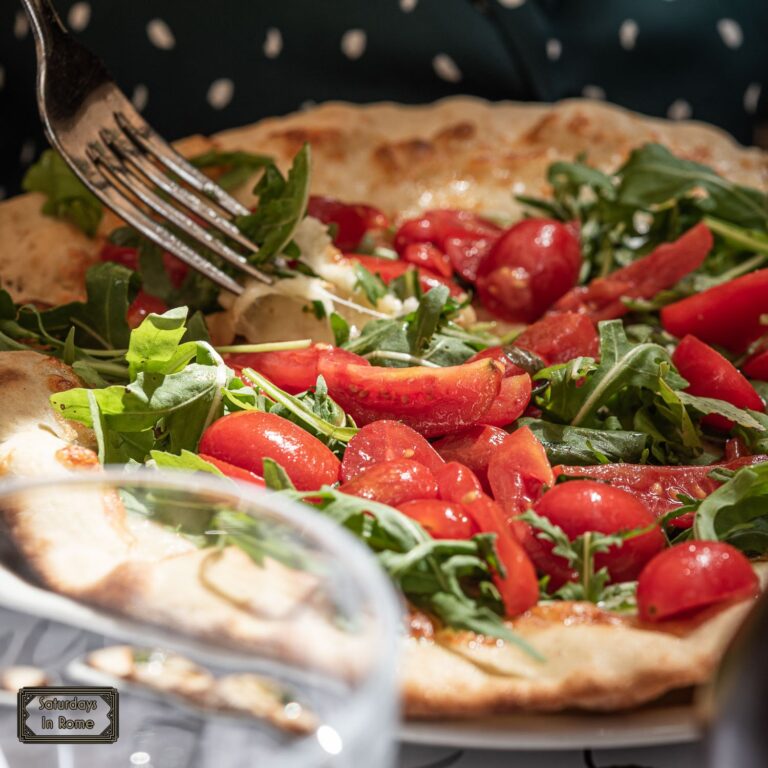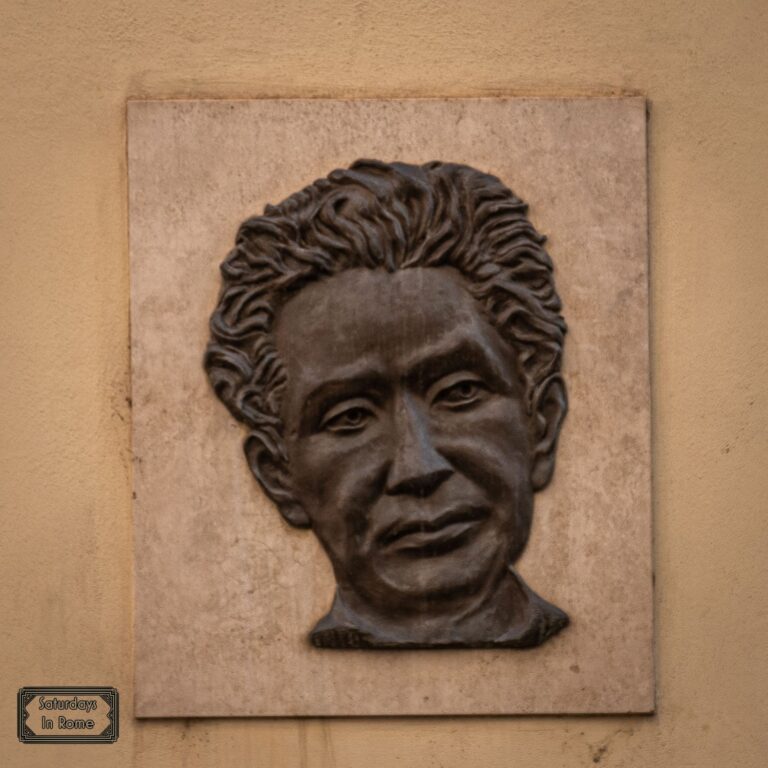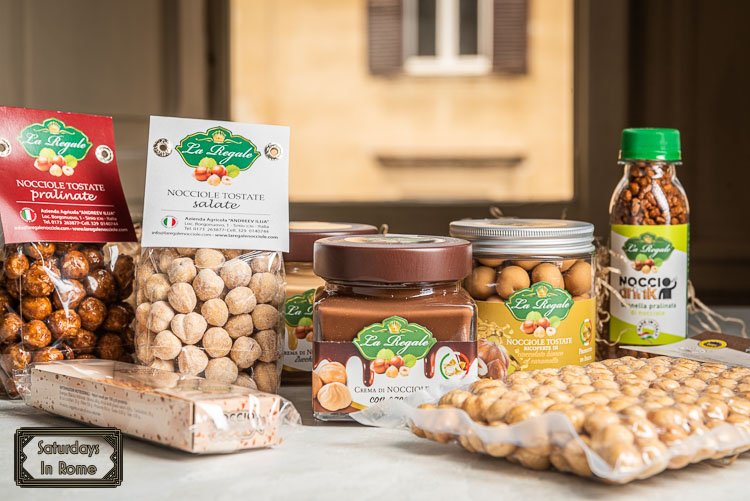Italian Balsamic Vinegar Is Great For More Than Dressing
Italian Balsamic Vinegar is one of the great joys in life that shouldn’t be missed and this list of FAQs will help you decide if this vinegar is right for you.
Great Addition To Almost Anything
What Is Balsamic Vinegar Made From?
Balsamic Vinegar is a strongly flavored and concentrated vinegar made from the must of grapes, typically white Trebbiano grapes. The grape must is the grape juice, skins, seeds and stems that are left over from the winemaking process. The grape must is aged in wooden barrels and aged for several years. The longer time spent aging the vinegar should result in a more concentrated and expensive product. Lower quality balsamic vinegars can be blended with wine vinegars and even though the names are similar, there is no balsa wood or balsam.
What Is Special About Balsamic Vinegar?
Because it is aged for a long time in wooden barrels, the flavors are complex, intense and can easily be added to almost any fresh fruits and vegetables. There are some health benefits claimed for Balsamic Vinegar, which include being able to lower cholesterol and manage blood pressure. Some also claim it can be an appetite suppressant, but my personal experience is that this delicious addition to my favorite foods only makes me want to eat more. One other amazing thing about Balsamic Vinegar is that despite the strong flavors, it has no fat and very little natural sugar.
How Is Balsamic Vinegar Different From Regular Vinegar?
Traditional white, apple or rice wine vinegars are not aged. These vinegars are double distilled ethanol that can be made from fruit wines, like apples, raspberries and quince. Plain white vinegar is not made from a fruit wine, but rather from ethanol made from the fermentation of sugar and yeast. Balsamic vinegar is an aromatic and concentrated vinegar that is barrel aged, which gives it an amazing flavor that works well with most fresh fruits and vegetables.
What Is Balsamic Vinegar Best Used For?
I have only recently begun to add balsamic vinegar to all my favorite meals, but for me, the two best uses of balsamic vinegar are as an addition to fresh fruits and vegetable salads. I’ve read other people enjoy adding it to panna cotta, zabaglione and gelato, but I’m not yet ready for that.
Sweet And Tangy
For me, adding it to sliced strawberries makes the seasonal fruit even better. I was dubious when I first saw this as a recommendation, but once I tried it, I understood. It is amazing.
For vegetables, adding balsamic vinegar to a vinaigrette makes a dressing that you can add to almost any cooked and raw vegetables. I enjoy it on a chopped salad with potatoes, onions and red peppers, but I have trouble coming up with a dish that wouldn’t benefit from it.
Why Is Vinegar Called Balsamic?
There is no balsa wood or balsam in balsamic vinegar, as the name suggests, but the word is derived from the word: balm, which is in reference to an aromatic resin and the suggestion that it has restorative or curative properties that soothes, heals and relieves pain.
Is Balsamic Vinegar Originally From Italy?
The use of vinegars goes back to at least the 3rd millennium B.C., but the development of aged vinegars goes back only to the 1st century A.D. and the Roman Empire. The origins are speculated to be from the city of Modena, Italy, which is in the Emilia-Romagna region not far from Bologna.
How Do Italians Use Balsamic Vinegar?
Because of the strong and delicate flavors, balsamic vinegar is typically used as a condiment that is drizzled on top of fruits and cheeses. A balsamic vinaigrette is also very popular, but because the flavor of the vinegar can be hidden by the other ingredients in the dressing, a lower quality vinegar is typically used.
In some restaurants in the US, it is also added to some high quality olive oil and used for dipping bread as a start to a meal. We are continually debating if this is an Italian custom or Italian-American because we have only found this at one restaurant here in Rome, but they might be catering to tourists. The debate continues.
Different Quality Levels
Can Balsamic Vinegar Go Bad?
If it doesn’t have any additives and it is of high quality, Balsamic vinegar does not go bad. You might consider putting it in the refrigerator once it is open because this leads to a thicker and more syrupy consistency, which I really enjoy. You do want to keep the bottle closed when you store it, however.
How Long Is Balsamic Vinegar Good For?
According to Martha Stewart, even though balsamic vinegar doesn’t go bad due to the high acetic acid levels, ”you will want to consume most commercially available balsamic vinegar within three to five years. They’re still safe to consume after five years (self-preserving, remember), but the quality won’t be the same.“
Delicious Syrup
Is Balsamic Vinegar Good For You?
I’m not sure how scientifically solid these claims are, but there have been a lot of health benefits attributed to eating balsamic vinegar. These include:
Improved Digestion
Lowering Cholesterol/Weight/Blood Pressure
Lowering Blood Sugar
Better Skin Health
Again, some of these claims are anecdotal and others are extrapolated from different studies and related benefits, so I wouldn’t go crazy enjoying balsamic vinegar because you believe you will become healthier. You should enjoy it because it is delicious, and only in moderation.
Enjoy More Information On Amazing Italian Foods And Wines
If you enjoyed this post about Italian Balsamic Vinegar you might also want to check out some of our other posts about the amazing foods and wines in Rome and across Italy:
- The Best Grocery Store Balsamic Vinegar Is A Great Addition.
- This Italian Hazelnut Spread Is Artisan, Not Industrial.
- This Authentic Tiramisu Recipe Is Easy And Delicious.
- The Best Flour To Make Pasta Makes All The Difference.
- Enjoying Fruits And Vegetables In Season In Rome Is A Treat.
- A Fantastic Tuscan Tomato Soup Recipe To Try With Balsamic Vinegar.
- One Of The Vineyards Close To Rome I Love Is Cantine Eredi dei Papi.
- The Best Winery Near Me In Rome Could Be Tenuta Le Quinte.
- Villa Simone Is A Winery Near Rome You Should See.
- L’Orto di Alberico Is One Of My Favorite Vineyards Near Rome, Italy.
- One Of The Wineries Near Rome, Italy You Need To Check Out Is Tenuta di Pietra Porzia.
- A Tourist’s Guide To The Frascati Lazio Wine Region.

